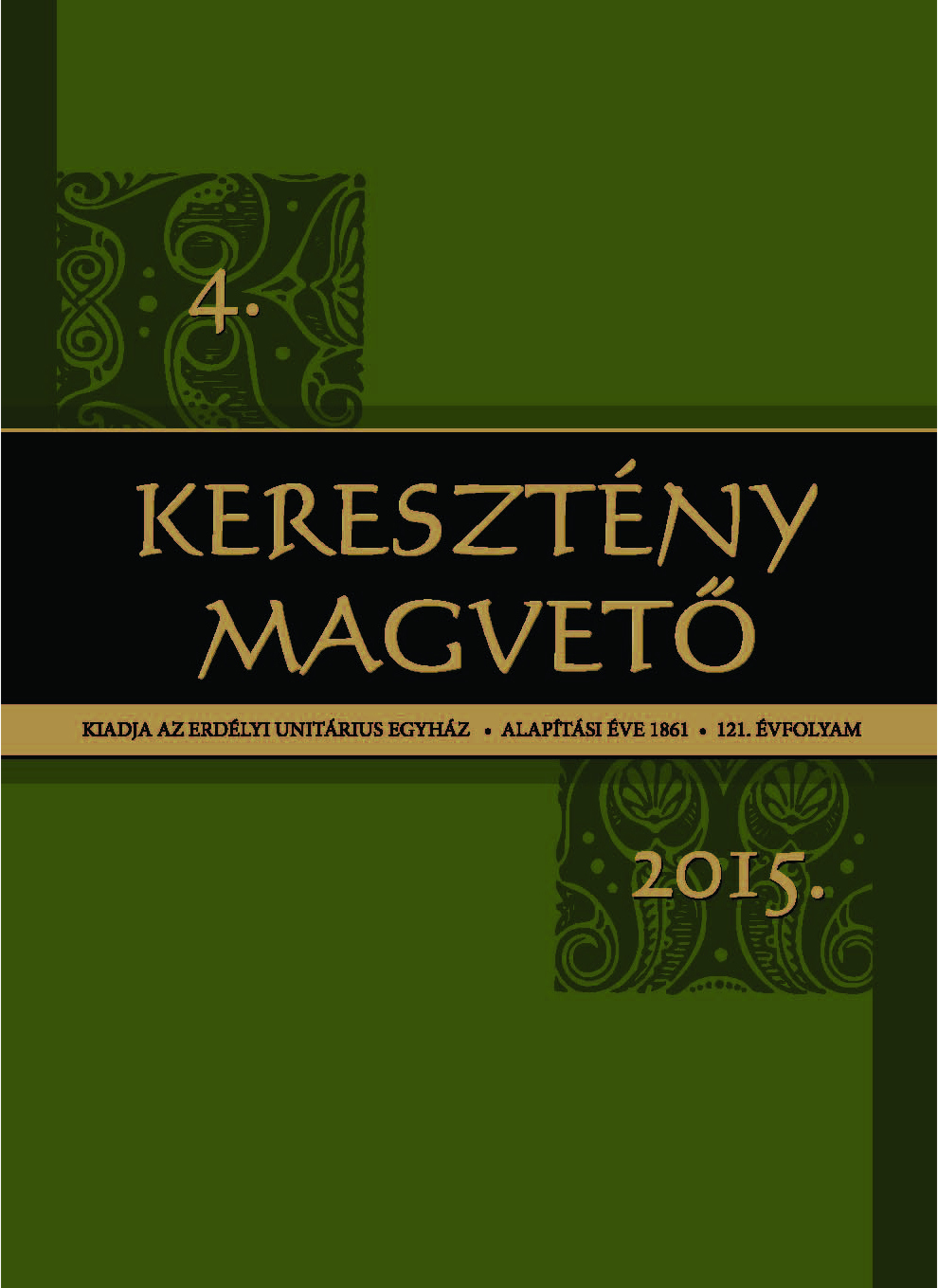Egy kolozsvári festőművész a nagy háborúban.
Painter from Kolozsvár in the Great War
István Tóth’s Letters to Erzsébet Kelemen
Author(s): Molnár Lehel, Lőrinczi DénesSubject(s): History, Fine Arts / Performing Arts, Visual Arts, Recent History (1900 till today), Pre-WW I & WW I (1900 -1919)
Published by: Erdélyi Unitárius Egyház
Keywords: Austro-Hungarian Monarchy; World War I; war representation; Kolozsvár; artist, participation; István Tóth. Infantry Regiment 51; illustrated letters; Erzsébet Kelemen;
Summary/Abstract: It is one task of historiography to understand the participation and responsibility of various social strata (primarily intellectuals, writers, poets, artists, etc.) in the Great War, and the motifs of enthusiasm about, and disappointment with, the war. The intelligentsia was first of all mobilized by the fact that many wanted to fight, to prove their physical courage, and not do intellectual work in the hinterland.Secondly, they discovered a new direction of intellectual activity in the war: for the intellectuals – writers, social and natural scientists, artists – the war, the generalized hatred, was like a large laboratory, a fi eld of new experiments.Consequently the war acted as a new source of inspiration for fi ne arts that had already been emptied of all content by the beginning of the 20th century. Misery and blood, love and hatred, became new “experiences”. During WWI, there was a need for a propaganda organization which sent the war correspondents, journalists, photographers, filmmakers and artists to the front under safe and controlled conditions, where they could present the war in an “aesthetic” way. There were, however, artists who were not part of this propaganda organization, and fought and were even wounded in the Great War.One of these artists was painter István Tóth, who fought in early 1915 in Russian Poland, crossing into Bucovina, with infantry regiment 51 of Kolozsvár. In 1917 he was on the Italian front. He painted more than 150 paintings during the war. Unfortunately they were lost in Prague. From this period, we only know of the four richly illustrated letters and an Easter card now published. Tóth wrote these letters to Lajos Kelemen’s daughter, Erzsike, who was only 5 years old in 1916, when she received the fi rst one. Th e letters emanate warmth and a sense of humour; the visual experience of the drawings is used to present the war, the chaos and horror, that the little girl saw around her but did not understand, in a way that a child could more easily digest and make sense of.
Journal: KERESZTÉNY MAGVETŐ
- Issue Year: 121/2015
- Issue No: 4
- Page Range: 438-457
- Page Count: 19
- Language: Hungarian

